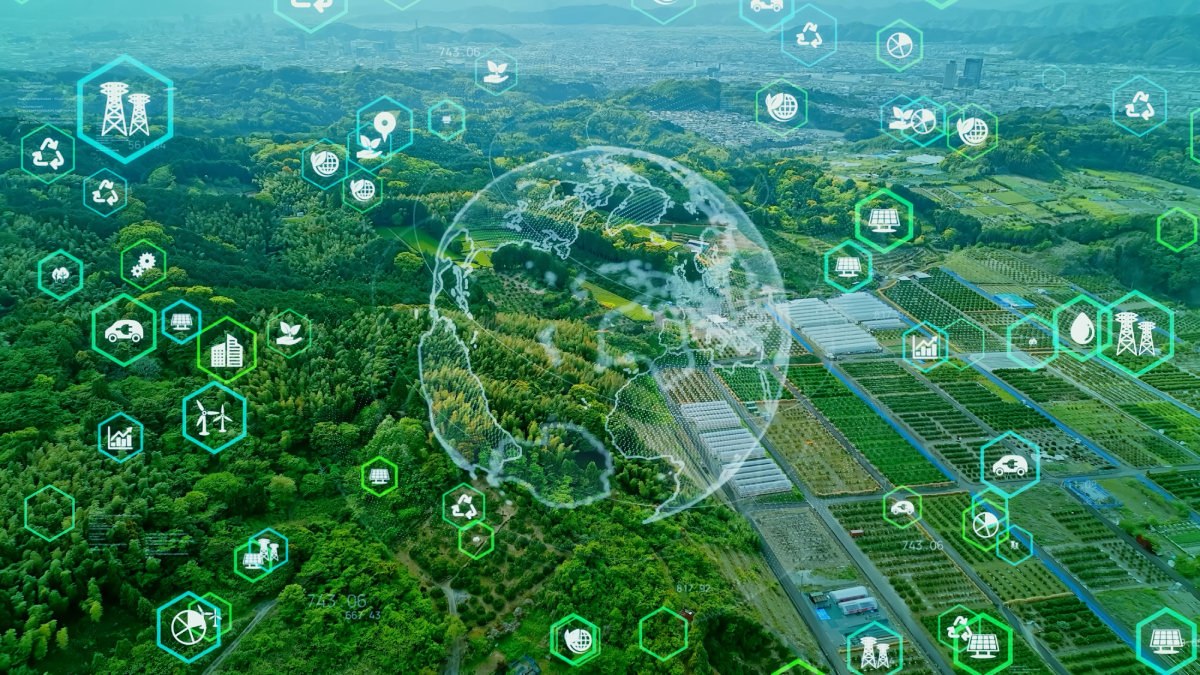Amey Karnik, Head of Industrial Decarbonisation at Ramboll, explores the role hydrogen will play in the decarbonisation of energy use in data centres.
Data centres are already the backbone of modern-day computing, but the market now stands on the edge of possibly exponential growth driven, in part, by continued digitalisation and the expected upsurge of AI. Indeed, a recent report suggests that consumers and businesses will generate twice as much data over the next five years as they did over the last decade. To cope, the capacity of data centres will have to be increased dramatically leading to a ramp up in their need for energy.
Of course, data centres are already energy intensive buildings. As a result, meeting market demand will require an innovative approach and there is an increasingly urgent need to identify solutions now, to mitigate both the cost and the carbon impact and ensure that the sector grows sustainably.
Electricity is the primary energy source for data centres and, unsurprisingly, they use a great deal of it. According to the National Grid ESO, by 2030 data centres will be responsible for around 6% of the UK’s total electricity consumption, and in Ireland the International Energy Agency has forecast almost 32% by 2026. The worldwide figures are very similar. This will make the availability of renewable and reliable sources of electricity critical for decarbonising data centres. But although this may seem like a straightforward solution, there are several challenges that must be overcome, not least managing the intermittent nature of renewables given the vital importance of reliable and continuous power for the operation of data centres.
Navigating the intermittency challenge
The data centre industry will need to invest in innovative energy storage solutions to maximise the utilisation of renewable electricity. Two of the most frequently considered solutions are Battery Energy Storage System (BESS) and hydrogen energy storage. All data centres already have a battery storage to provide emergency power backup, however, the scale of BESS required to make significant use of renewables is substantially bigger, requiring sizeable additional land and electrical infrastructure. Despite these challenges, BESS remains one of the most promising solutions due to its high round trip efficiency and the continuous and rapid growth in BESS technology.
As an emerging technology, hydrogen presents an interesting proposition due to its flexibility in addressing issues of intermittent energy. It can be stored and used as required, which makes it an attractive renewable alternative especially to displace diesel generator backups. Green hydrogen can be produced when excess electricity is available from renewable resources and stored for use when renewable electricity is not available.
But as with all emerging technologies, it does come with some challenges. Efficiency is an essential consideration; for example, the round-trip efficiency of hydrogen from generation to use is around 25%, meaning 75% of the generated electricity is lost in the process. Consideration of water resources must also be factored into the wider sustainability evaluation, due to its essential role in its production, alongside the safety of handling and using hydrogen.
The alternatives
Whilst BESS and hydrogen will likely form part of our future energy mix for data centres, scaled existing technologies present further options for decarbonisation, such as cold thermal storage. Approximately 40% of data centres energy consumption is due to cooling. When excess renewable electricity is available it can be used to generate cooling which can be stored as chilled water in cold thermal stores or by utilising the phase change material. The stored coolth can then be used when needed. This approach can also provide additional resilience in case of emergency.
Furthermore, waste heat temperature from data centre cooling is relatively high and steady, and can be effectively captured and used in applications such as heat networks alongside heat pumps to upgrade the heat to required temperatures. Whilst heat networks benefit local neighbourhoods and form an important part of the Government’s heat decarbonisation ambitions (targeting 20% of heat to be generated by heat networks by 2050) utilising the waste heat from data centres also reduces the operating cost of cooling systems without compromising on their reliability. With advancements in refrigerants and heat pump technologies, the possibilities of cooling data centres and heating for other applications using the same heat pump significantly improve the combined cooling and heating efficiency, whilst maintaining the high reliability requirements of data centres.
The data centre industry will very quickly need to adjust to the changing market demands. To do that, being open to the smart, and sustainable energy solutions will be critical. The science has proven the technology, now what we require is the courage to trust these technologies to drive forward the energy transition.


